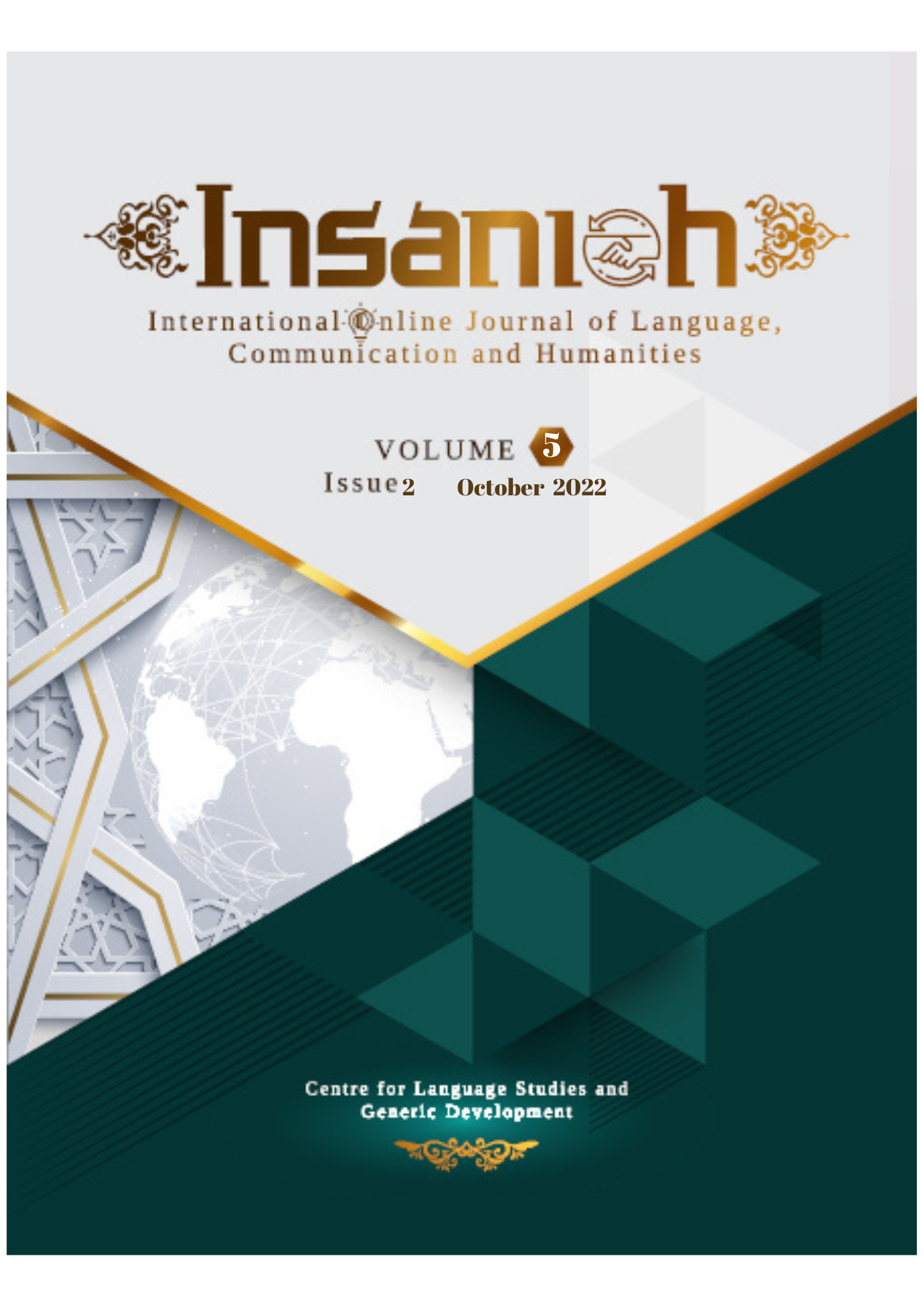Strategies in Translation of Geographical Names in the Novel Journey to the West
DOI:
https://doi.org/10.47254/1tfjjm10Abstract
Translating proper names could be challenging as they contain aspects of historical, semantic, geographical, or social meanings of a particular culture. Such problems are extended to the translation of geographical names in which a mistranslation may confuse the readers and jeopardize (the entire) translation as a result of “unsuccessful rendition” of a place name. This study explored the types of geographical names in the classic novel Journey to the West, described how these names were translated into English, and sought to what extent the meanings of the names were retained in the TL. This qualitative study adapted Urazmetova and Shamsutdinova (2017), and Fernandes’ (2006) frameworks in identifying the types of geographical names and translation procedures. The findings showed that geographical names could be divided into natural and man-made, while the major procedures in the translation of geographical names were rendition, transposition, and mixed procedure. Although, some minor loss of meaning in translations was identified, the frameworks were found effective (i.e., successful rendition) in retaining most of the original meanings, as well as the analysis of geographical names and the translation of proper names. Translation researchers could further investigate translation solutions for translating names by exploring the interrelations between language, culture, and translation through tackling the translation problems.




